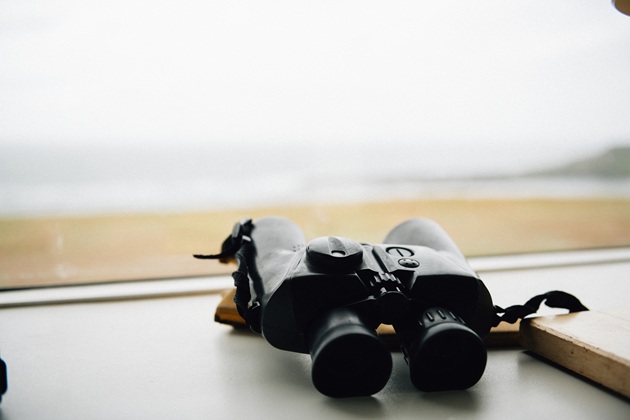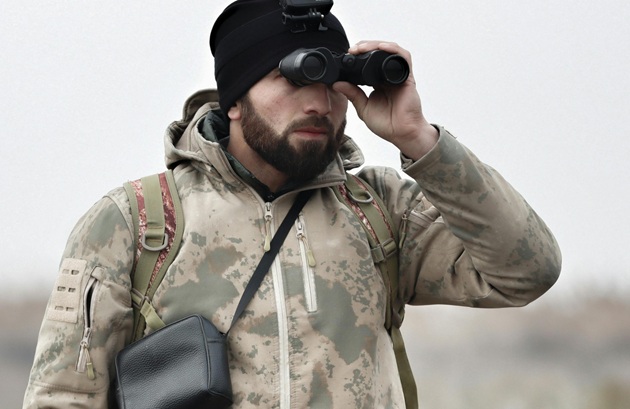The Hunter’s Eyes: What Really Matters When Selecting Binoculars
If you’ve ever stood in the woods squinting at some fuzzy ridge across the valley, wondering if that brown something is a deer or just a stump, you know how much quality binoculars are worth to hunting. They’re not a luxury; they’re an essential piece of equipment that removes guesswork and separates success from disappointment. But with so many options out there, selecting the right ones can be overwhelming. Let’s break down what matters when shopping for these hunting optics.
Build Quality and Durability

Hunting isn’t a soft sport, and your gear needs to be able to withstand whatever Mother Nature sends your way. Get waterproof, fog-proof binoculars; water-resistant models won’t cut it. You want nitrogen or argon gas purging to prevent internal fogging.
The materials themselves are significant, too. Rubber armouring is not just for grip; it also provides shock absorption. A one-piece solid construction is generally more rugged than devices with many moving parts.
The Numbers Game
Okay, first things first: those numbers you see in the specs, like 8×42 or 10×50, are not there randomly. The first number is your magnification power, and the second number is the size of the objective lens (that big lens at the front) in millimetres. So, 8×42 is 8 times magnification with a 42mm objective lens.
For hunting, you’ll generally want to stick to the 8x to 12x range. Sure, that 15x setup might be tempting, but additional magnification means a shakier image and an extremely narrowed field of view. Trust me, when you’re trying to track a moving target through dense cover, you’ll appreciate being able to view more of the ground at once.
Objective Lens Size: Bigger Isn’t Always Better
The size of the objective lens determines how much light your hunting optics can capture. The more light, the brighter and clearer the image, especially during that all-important golden hour around dawn and dusk when animals are most active. A 42mm objective lens is the perfect size for most hunters.
If you plan on going backpack hunting where every gram counts, you might prefer something smaller, like 32mm or 35mm objectives. You’ll sacrifice a little light-gathering ability, but you will reduce the weight on your shoulders while tramping through mountains.
Field of View: See the Big Picture
Field of view refers to how much area you can view at a certain distance, typically measured in feet at 1,000 yards. Having a wider field of view makes it significantly easier to spot animals and follow their movement. This is particularly significant when hunting in open terrain where animals may be dispersed across large areas.
Low Light Performance: When It Matters Most

Most hunting takes place in low-light conditions, so your optics need to perform when the sun is not out. Look for options with quality glass and quality coatings. Fully multi-coated lenses will give you the brightest, sharpest image by reducing light loss through reflection.
The exit pupil is also something you should consider for low-light hunting. You can calculate this by dividing the objective lens diameter by the magnification. The 8×42 models, for example, will have an exit pupil of 5.25mm. Larger exit pupils (of around 4-7mm) are better for low light, as they are equivalent to the size of your eye’s pupil in conditions of poor light.
Comfort and Ergonomics
You could be glassing for hours on end, so being comfortable is essential. Buy binoculars with good eye relief, especially if you wear glasses. 15mm or more eye relief will enable you to see the full field of view even while wearing glasses.
The balance and weight matter more than you might think. Even a few extra ounces become noticeable when you’re holding them up for hours. Some hunters prefer a chest harness system to distribute the weight and keep their optics handy.
Popular Configurations for Different Hunting Styles
- For all-around hunting in varied terrain, 8×42 or 10×42 optics are hard to match. They’re versatile enough for close-in forest hunting and longer-range open country work.
- If you do a lot of glassing over wide canyons and valleys, 10×50 or even 12×50 models might be worth the extra weight for the additional magnification and light gathering.
- For thick woods and brush hunting where shots are close and quick target acquisition is crucial, consider 8×32 or even 6×32 optics for their superior field of view and portability.
The Bottom Line
Good hunting binoculars are an investment, but one that pays back every time you’re out in the field. Prioritise finding a pair that balances optical quality, ruggedness, and comfort within your budget. Remember, the best options are the ones you are willing to carry along, so don’t just look at specs – pick them up and ensure you can hold them comfortably. Your success in the field lies in spotting game before it spots you, and quality optics are your best tool for making that happen.